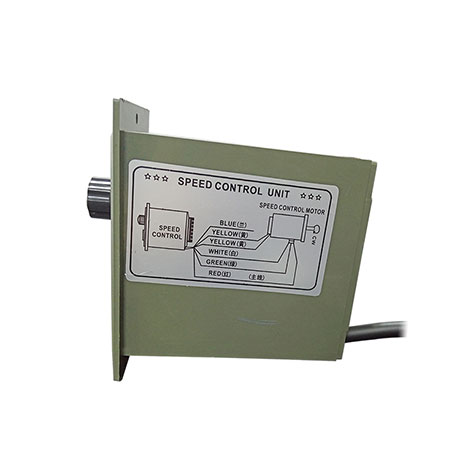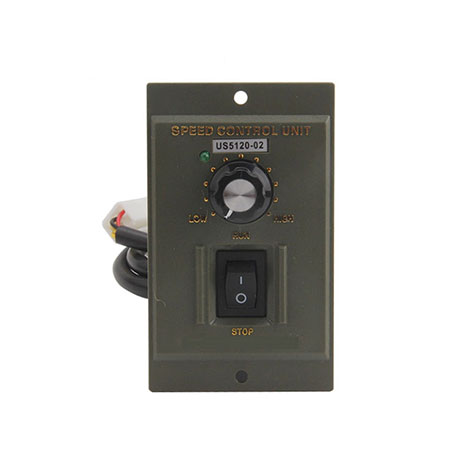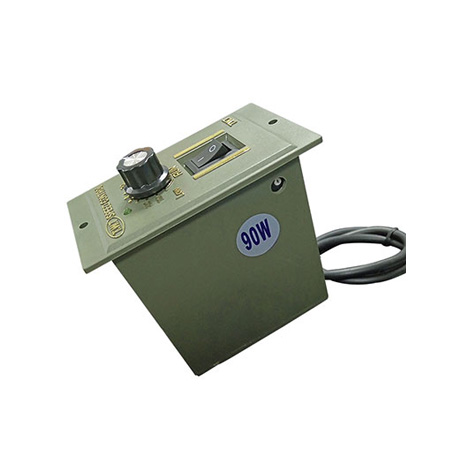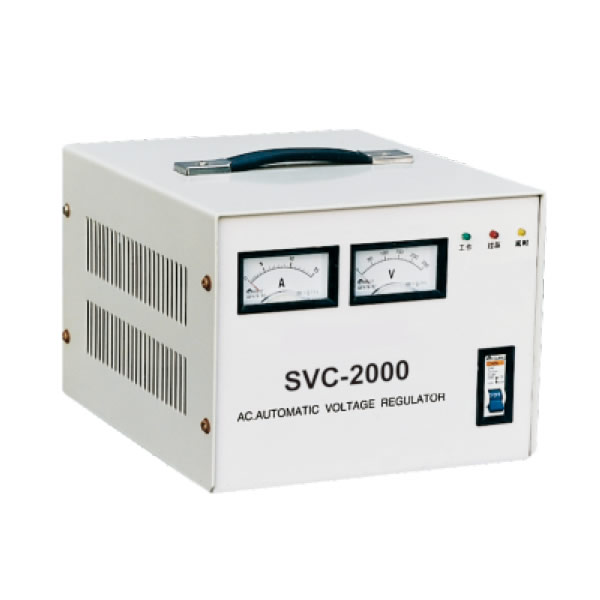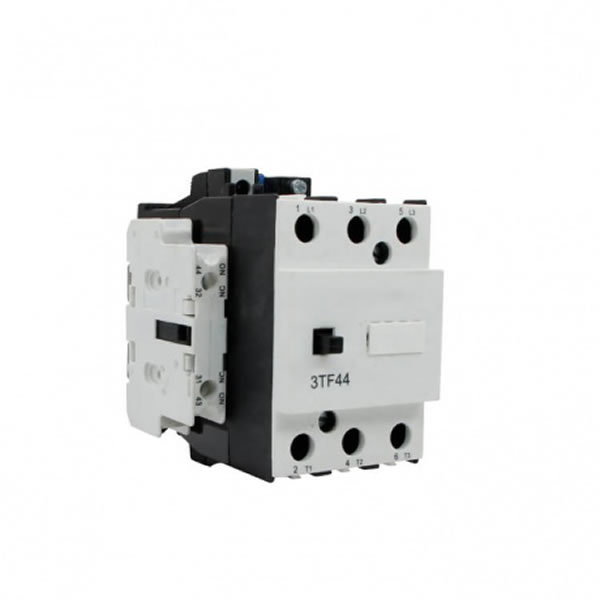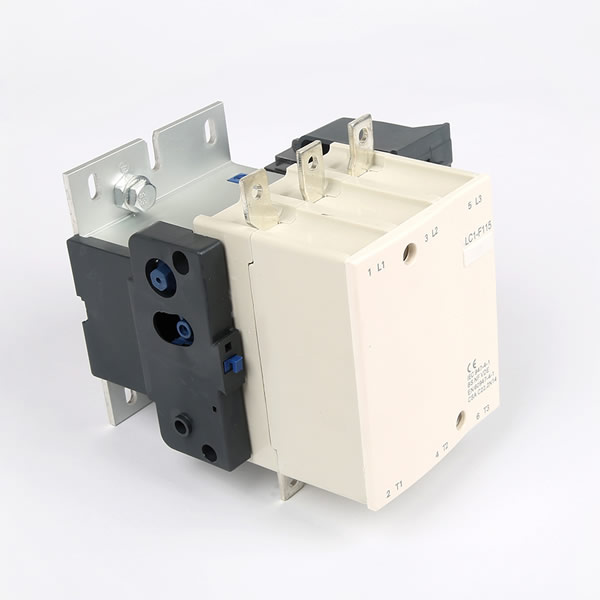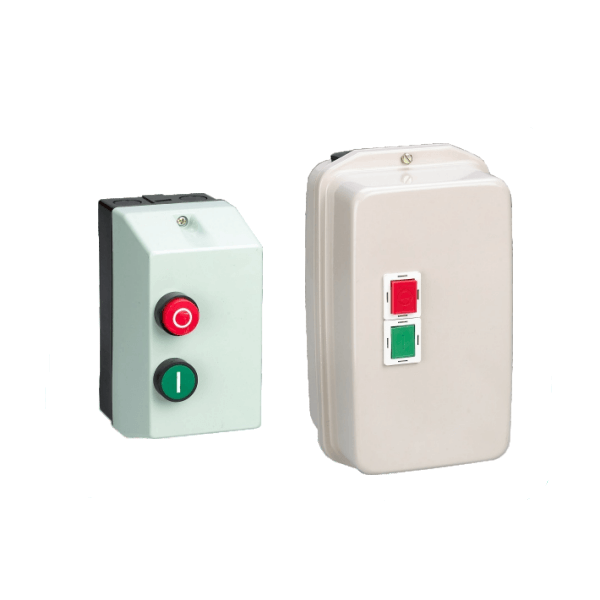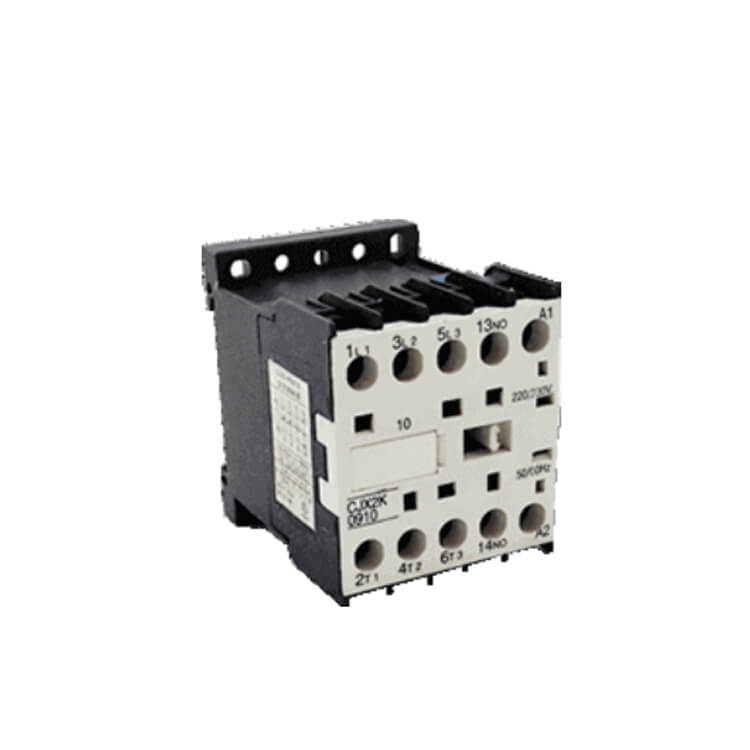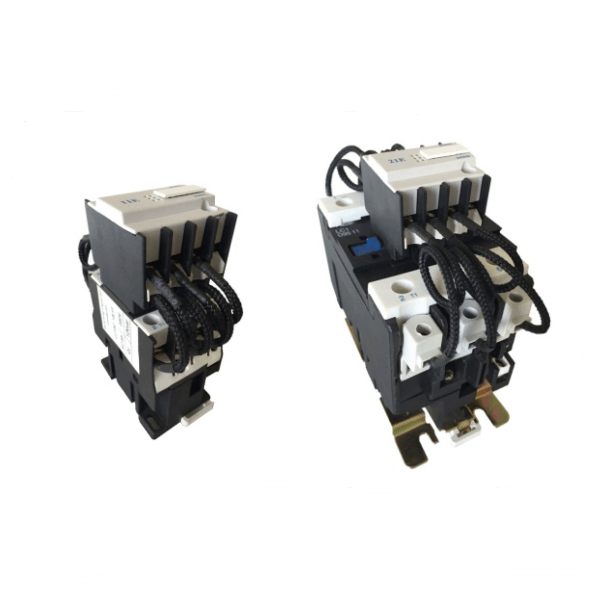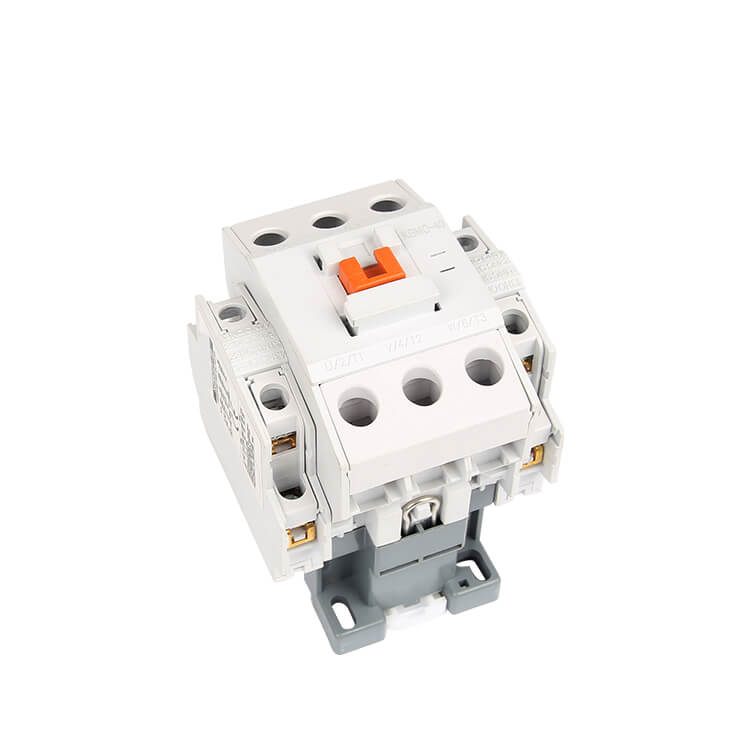Please read this article before buying voltage regulator products
Recently, many distribution facilities claim that some losses will occur when they buy distribution regulators. We know that the increasing cost of regulators is a major factor in deciding to buy regulators. A regulator, design, construction and installation components all affect its cost. For example, amorphous metal core regulator has 75% less than 25% no-load loss of silicon steel core regulator, but the cost is more than silicon steel regulator.
For high efficiency regulators, the payback period is short but - often more than 2 years. In energy efficiency, the internal rate of return of voltage stabilizers has been higher than 10%, sometimes as high as 70%. Making the decision to buy large power regulators is more complex for manufacturers than simply comparing prices. It requires companies to know its requirements, not only for cost comparison regulators, but also for more than two to three decades in TCO. If this is done accurately, the cost-effective solution always proves to be an efficient energy-saving regulator, even if it has a slightly higher initial cost.
Design, construction and installation costs of voltage regulator loss effects. Regulator manufacturers usually use the cost loss in the regulator to optimize the design cost of the regulator. Most companies buy regulators to see the offer, not the total cost of ownership (TCO). The total cost of ownership around the regulator often lives in a shorter energy-saving regulator with a higher initial cost, which is low for the total cost of ownership of the energy-saving regulator.
